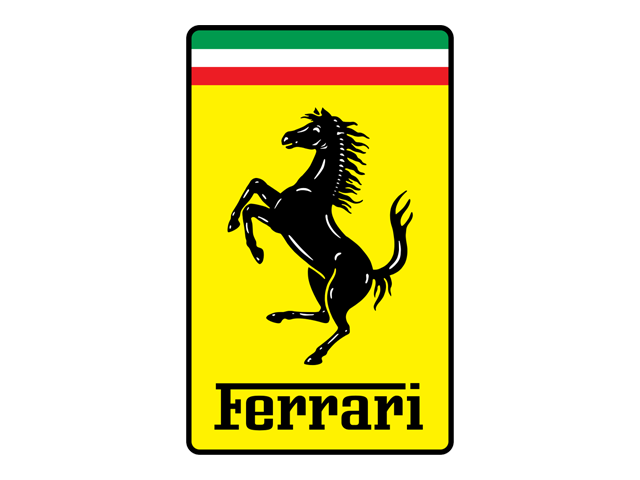1957 Ferrari 250 GT Tour de France

The descriptions of the Classic Cars in the Directory were partly generated or supplemented with the help of artificial intelligence (AI). The content may occasionally not always be entirely accurate or factually correct despite careful checking.
The Ferrari 250 GT Tour de France was introduced in 1957 as a GT road and race car. The car was named after the prestigious Tour de France automobile race, which was the most challenging and grueling race of its time. The 250 GT Tour de France was a true racing machine, with advanced technical features that made it one of the most successful cars on the track.
The Ferrari 250 GT Tour de France was powered by a 3.0-liter V12 engine, which produced 240 horsepower at 7,000 rpm. The engine was equipped with three Weber 36 DCL3 carburetors, a high-lift camshaft, a four-speed gearbox with straight-cut gears, and a lightweight clutch. The car had a top speed of 150 mph and could accelerate from 0 to 60 mph in just 6.3 seconds.
The chassis of the Ferrari 250 GT Tour de France was made of a lightweight tubular steel frame, with independent front suspension and a live axle rear suspension. The car was equipped with four-wheel disc brakes, which provided excellent stopping power and improved handling. The body of the car was designed by Scaglietti and was made of aluminum panels that were hand-formed over wooden bucks. This process ensured that each car had a unique body shape and style.
The Ferrari 250 GT Tour de France was one of the first cars to feature a 4-wheel independent suspension system, which allowed for greater stability and handling on the track. The car also had a streamlined body design, which reduced drag and improved aerodynamics. These technical features made the Ferrari 250 GT Tour de France a dominant force on the track, winning many races and becoming one of the most iconic cars of its era.
In 1958, a Series II version of the Ferrari 250 GT Tour de France was introduced, which featured a longer wheelbase and improved handling characteristics. This version of the car was also equipped with a 12-volt electrical system, which improved reliability and ease of maintenance.
The Ferrari 250 GT Tour de France is now considered one of the most valuable and collectible cars of its time, with only 77 examples produced. Its advanced technical features and racing pedigree make it an icon of automotive history and a must-have for any serious collector or enthusiast.
Milestones
- Introduction of the Ferrari 250 GT Tour de France in 1956 - 3rd place overall at the 1956 Mille Miglia race - Victory in the 1956 Tour de France automobile race - Use of the Tipo 128C engine in the 1957 model - Improved aerodynamics with a more rounded body design in the 1957 model - Multiple victories in major races throughout 1957, including the Sebring 12 Hours and the 24 Hours of Le Mans - Discontinuation of production in 1959 after only 77 units were produced, making it a rare and sought-after collector's car. - Increased popularity and value of the model in modern times, including one being sold for $11 million in 2016.Technical
- Engine: 3.0-liter Tipo 128D V12 engine - Horsepower: 240hp at 7,200rpm - Top Speed: 140mph - Transmission: Four-speed manual gearbox - Suspension: Independent front suspension with double wishbones and coil springs, Live rear axle with semi-elliptic leaf springs - Brakes: Four-wheel hydraulic drum brakes - Tires: 185R400 Michelin X radial tires - Body: Pininfarina-designed Berlinetta body style with distinctive roofline and fastback tail - Weight: 2,425 pounds - Production: Only 77 were produced between 1956 and 1959.